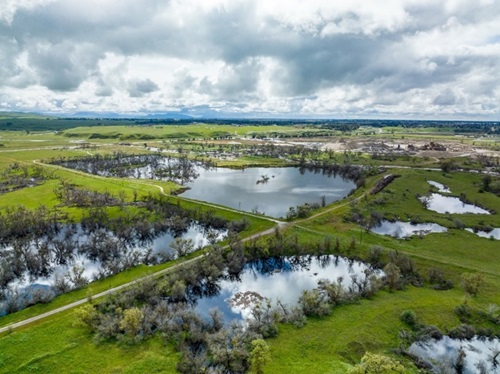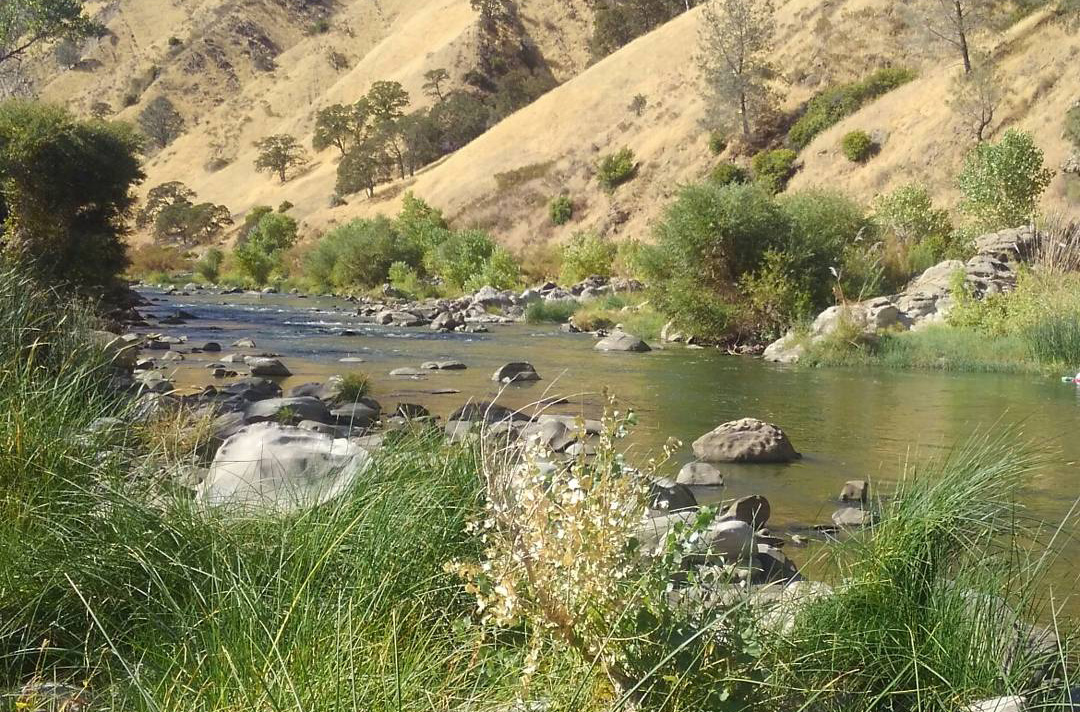The Groundwater Sustainability Agencies (GSAs) in the Sacramento Valley in areas vulnerable to subsidence met this week with the Department of Water Resources (DWR) to share information, develop mutual objectives and develop actions to prevent subsidence. The leaders in the Sacramento Valley are committed to protect our water and community infrastructure through sustainable groundwater management and to prevent the undesirable result of subsidence now and into the future as seen in the statement below. (Download a PDF of the statement here).

We appreciate the Department of Water Resources (DWR) continuing to provide its semi-annual groundwater conditions report and its InSAR subsidence data to better understand our groundwater resources in the Sacramento Valley and to help inform and guide current and future water management decisions. (See reports.)
Recent datasets are showing several pockets in the Sacramento Valley where there are early indications that “sustainable yield” may be exceeded and there is subsidence and the related physical changes in the surface elevation. The extent and potential elasticity of the subsidence (active and residual) will be studied further with local monitoring, analysis, and DWR’s future updates. In these subareas, subsidence will be addressed by local Groundwater Sustainability Agencies (GSAs), working with DWR and other local agencies. The following will help guide our actions in the subareas within the region that are vulnerable to subsidence:
- Regional Commitment to Prevent Subsidence. The leaders in the Sacramento Valley are committed to protect our water and community infrastructure through sustainable groundwater management and to prevent the undesirable result of subsidence now and into the future. Water resources managers and Groundwater Sustainability Agencies (GSAs) are very concerned about subsidence and are working hard to address these issues and are taking necessary actions to prevent subsidence to protect our local infrastructure, including aquifers, water conveyance and flood protection facilities, and communities.
- Focus on Groundwater Sustainability Plans. The GSAs in these subareas have submitted their initial Groundwater Sustainability Plans (GSPs) to DWR under the state’s Sustainable Groundwater Management Act (SGMA). The GSAs are now focused on the implementation of SGMA and the GSPs, which includes avoiding undesirable results such as subsidence, and taking actions to bring these areas into balance with respect to their water supplies and sustainable groundwater management. The GSAs in these subareas are:
- actively working on corrective actions for their GSPs that will include necessary actions and best management practices to prevent subsidence. The GSAs will work closely with DWR on developing sound best management practices and provide corrective actions under SGMA in 2027.
- immediately focusing on projects and management actions (PMAs)–with projects addressing improvements to supply (surface water reliability and recharge); management actions that include various demand management tools (GDMs) when necessary; and mitigation and infrastructure modifications improvements where needed.
- forming critical infrastructure working groups to identify infrastructure most vulnerable to damage by subsidence.

- Need for More Reliable Surface Water Supplies. The past decade has seen a series of consecutive dry years (i.e., 2013-15; 2020-2022) where surface water supplies have not been available in the Sacramento Valley due to both hydrology and increased regulatory requirements. This lack of available surface water is evident in these areas, where increased groundwater pumping has affected both human and natural infrastructure. We have learned and gained valuable insights from these dry years and there will be increased attention, working with DWR and other state and federal agencies, to ensure more reliable surface water deliveries in these areas.
- Prioritize Groundwater Recharge. The groundwater data highlights the importance and need to prioritize groundwater recharge and multi-benefit water management in these subareas and throughout the Sacramento Valley. Groundwater recharge is a part of the larger effort underway in the Sacramento Valley to spread water out and slow it down on the landscape, which is a nature-based solution that provides multiple benefits for farms and fish and wildlife, as well as groundwater sustainability. (See Floodplain Forward.) More specifically, landowners in several of these areas (i.e., Dunnigan and Arbuckle) have gathered to help fund the GSA’s efforts for recharge projects when surface water is available (e.g., section 215 water from Reclamation). To assist with these local efforts, we encourage the state to further elevate groundwater recharge as a priority with respect to both permitting and funding to assist local agencies in this effort. State financial support and permit innovation is both urgent and essential for local agencies to immediately address subsidence, as well as weather whiplash as described in California’s Water Supply Strategy: Adapting to a Hotter, Drier Future and Accelerating Multi-Benefit Groundwater Recharge in the Sacramento Valley.
- Coordinated Well Permitting. The GSAs continue to work with the Local Enforcement Agencies (LEAs) that are administering ordinances for the construction, maintenance, abandonment, or destruction of water wells. Coordinated permitting can be effective to avoid or minimize effects to neighboring wells. The agencies will work together to implement their local well permitting procedures developed under the recent Executive Orders to ensure continuity, coordination, and an ongoing local process to avoid subsidence and minimize impacts to drinking water wells, recognizing that mitigation may be necessary in some places to address these issues.
Approved by the NCWA Board of Directors, November 6, 2024.



